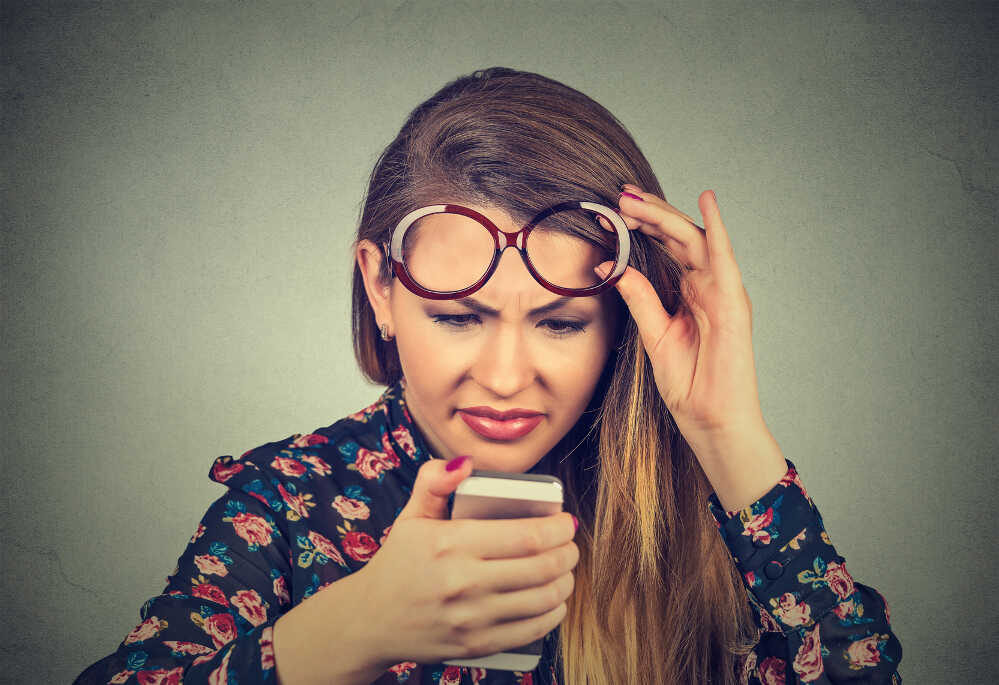The human eye works in a way that’s similar to a camera. According to an article written by the National Keratoconus Foundation (NKCF, an organization that promotes research and awareness of specific eye diseases), it all starts with light rays that enter your eye through the cornea. This is the eye’s “window.” The cornea bends the light rays so they can pass through the pupil, which is the opening in the center of the iris.
The iris is like the shutter in a camera in the way it works. It gets bigger or smaller to reduce or increase the amount of light that passes through. In bright sunlight, it gets smaller. In a dark room, it gets bigger to let in more light in order for better eyesight. From the iris, the light passes through a natural lens that works like a camera lens. It changes its width – either shortening or lengthening it – in order to focus light rays. These rays pass through the vitreous, a transparent, gel-like substance that helps the eyeball hold its shape.
The light rays focus on the retina, which is like the film in a camera. It captures the light rays and processes them with millions of nerve cells called rods and cones. Rods provide side-vision as well as help you see in low light. Cones provide central vision and let you see colors and sharp details. Cones are packed in an area on the retina called the fovea.
The retina converts light rays into impulses that are sent to the optic nerve, which then sends them on to the brain, where the final image is produced.
Why Squinting Gives You Better Eyesight
It’s a common phenomenon: squinting gives you better eyesight. It’s common to see people on city streets squinting to read signs that are far away, or even people in the library hunched over books, squinting to see the text. It can help us see better up close as well as far away, but why does it work?
Basically, squinting changes the shape of the eye. This allows it to focus light directly onto the fovea and improve our central, sharp vision in order to make out blurry objects and text, according to Lizette Borelli for Medical Daily. Squinting also blocks excess light from entering the eye. This makes it easier for the eye to focus on specific things. Changing the eye shape combined with limiting the amount of light going in adds up to better eyesight in a pinch.
Why Squinting Is a Bad Idea
Using squinting for better eyesight is a sign that your eyes aren’t working the way they should on their own. You shouldn’t have to squint in order to view things close-up or far away – your eyes were meant to work without this trick. Additionally, too much squinting can give you headaches because you’re over-contracting your facial muscles.
If you have blurry vision that’s giving you trouble, you can fix it – no more squinting! LASIK surgery can correct your vision in one outpatient procedure. You won’t have to wear glasses, either. Consider the benefits of LASIK surgery, which will rid you of poor eyesight, needless headaches, and cumbersome eyewear. For more information about LASIK and what an affordable choice it is, contact us at 1-888-498-2020 and download this eBook to learn about the Top 3 LASIK Myths.

